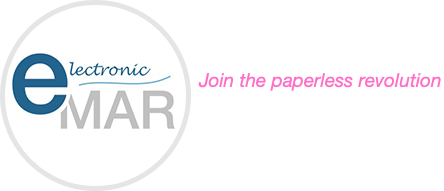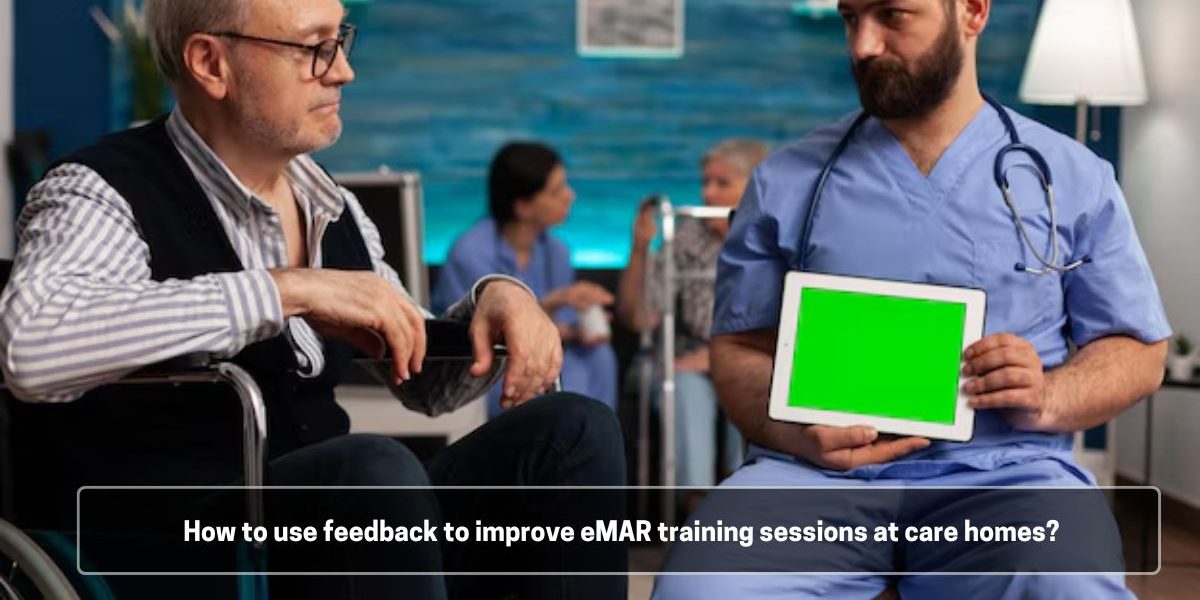Feedback provides valuable insights into how participants understand the eMAR system. It identifies areas where training needs improvement. Proper training ensures care home staff can use the system confidently. Feedback also reveals which parts of the training are engaging or confusing, helping tailor future sessions for better learning. Here, we explore ways to use feedback to improve eMAR chart training sessions continuously.
- Gathering feedback
Care facilities can use various methods to get a well-rounded perspective. Here are some options:
- Surveys: Distributing anonymous surveys after training sessions helps gather honest feedback. The questionnaire should include questions about content clarity, trainer effectiveness, training format, and areas needing improvement.
- Focus groups: Facilities should organise small group discussions to explore specific topics or challenges trainees face.
- Direct assessments: They can evaluate practical skills through scenario-based exercises or quizzes on eMAR functionalities.
- Analysing feedback
- Identifying themes: The training staff should look for recurring patterns in the feedback. This helps pinpoint significant areas for improvement.
- Categorising feedback: They need to group similar comments together. For instance, difficulty understanding a specific function and needing more hands-on practice should be placed in the same group.
- Taking action
- Addressing knowledge gaps: If feedback highlights confusion about eMAR features, trainers should adjust the training content to provide clearer explanations with real-world examples.
- Enhancing training delivery: They should consider feedback on trainer effectiveness. This might involve incorporating different teaching styles, using more visual aids, or encouraging interactive sessions.
- Incorporating hands-on practice: Feedback suggesting a need for more practical experience can be addressed by including more scenario-based exercises or simulations in the training.
- Providing ongoing support: They should offer staff resources, such as cheat sheets, FAQs, or access to short training videos for post-training reference.
Additional tips
- Pre-training needs assessment: Care facilities should assess participants’ experience with eMAR systems before training. This helps tailor the training to different levels of knowledge.
- Post-training evaluation: They should conduct a follow-up assessment sometime after training to gauge retention and application of learned skills.
- Encourage feedback throughout: Care facilities should create an environment where participants feel comfortable asking questions and providing feedback during training sessions.
To use eMAR nursing charts effectively, nurses and staff must know the features and how to use them. They should understand the interface and navigation. They must input accurate patient data and update records promptly after administering medications. They should double-check dosages and schedules. Also, they must note patient allergies and potential interactions. They should communicate updates with the healthcare team. They need to maintain patient confidentiality and follow privacy protocols. They must report any system errors immediately. To know more about eMAR training sessions, book a demo today. If you decide to proceed, we can also provide all training and setup remotely.







